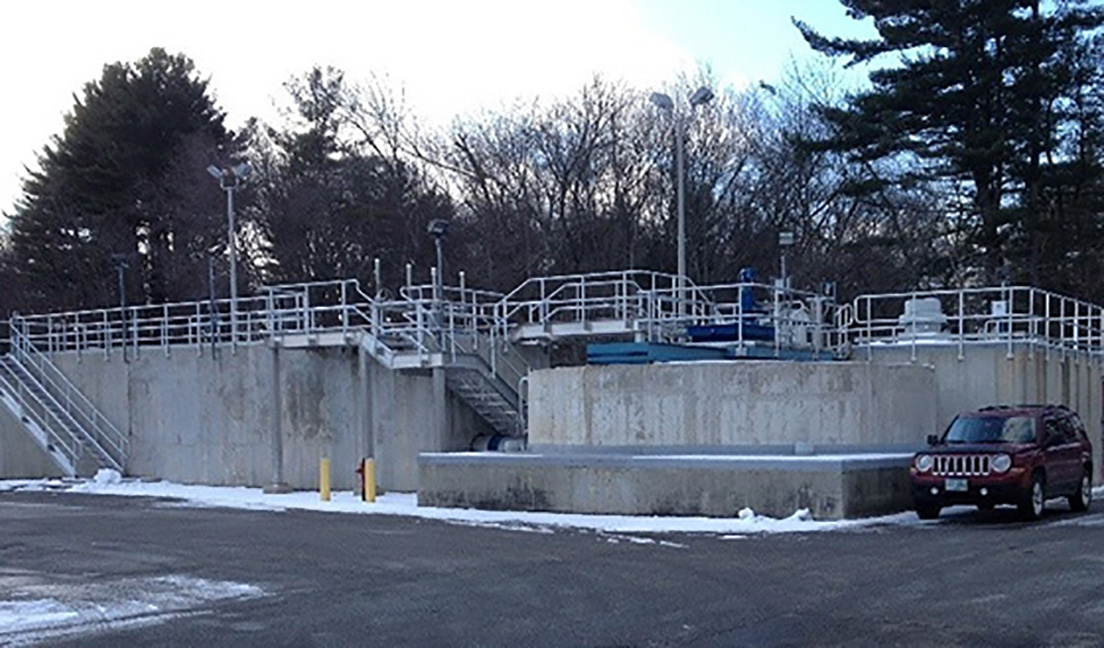Challenge
Originally constructed in 1966, the Billerica wastewater treatment facility primarily processes residential wastewater. Additionally, alum sludge from Billerica’s drinking water treatment facility makes up a significant portion of the solids loading to the wastewater treatment facility. Treated effluent is discharged into the Concord River.
Solution
To meet a new total phosphorus (TP) limit of 0.2 mg/L, as well as future TP limits that could be even lower, Billerica considered the CoMag® system. One of the features that made the CoMag® system particularly attractive to Billerica was its small footprint. To reduce upgrade costs, Billerica needed to fit tertiary clarifiers within the walls of two existing concrete tanks. Reusing the existing tanks eliminated demolition and excavation costs. The CoMag System was ideal for this configuration because it requires signficantly smaller clarifiers than conventional systems to treat equivalent flow rates. Only two 23-ft. (7-m.) circular clarifiers were needed, which easily fit in the existing concrete tanks.
" The CoMag system’s quick learning curve and reliability make it a great system for tertiary treatment with only a few simple parameters to monitor that make for easy operation "

Results
Initial Pilot Testing
In the summer of 2007, a pilot of the CoMag® system proved its ability to meet the new TP limit with alum, polyaluminum chloride (PACL), ferric chloride or sodium aluminate coagulants. Additionally, the pilot proved that the CoMag system could meet future permit limits as low as 0.05 g/L without polishing filters by simply increasing the coagulant dose.
Full-Scale Installation Results
Since it was first installed at Billerica in 2010, the CoMag® system has proven to be a reliable and versatile tertiary treatment process with the capability to achieve any effluent TP target down to less than 0.05 mg/L, while also achieving significant reductions in total suspended solids (38 percent), BOD (59 percent) and other contaminants.
“The CoMag system’s quick learning curve and reliability make it a great system for tertiary treatment with only a few simple parameters to monitor that make for easy operation,” said Jeff Kalmes, Billerica’s plant supervisor. The CoMag system allowed the facility to meet stringent TP limits within challenging footprint limitations, while coping with wide fluctuations in feed flow, TP and TSS concentrations.
